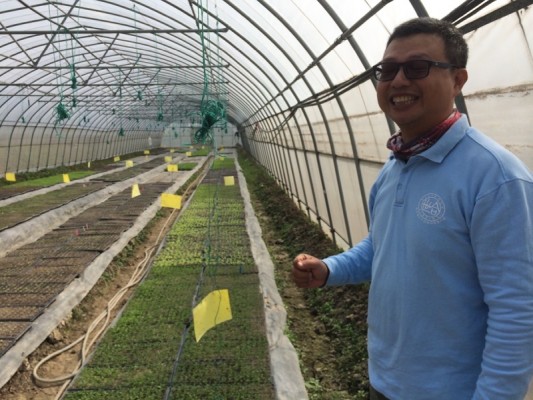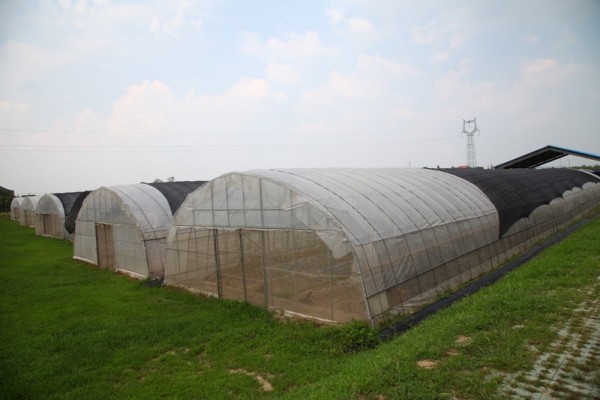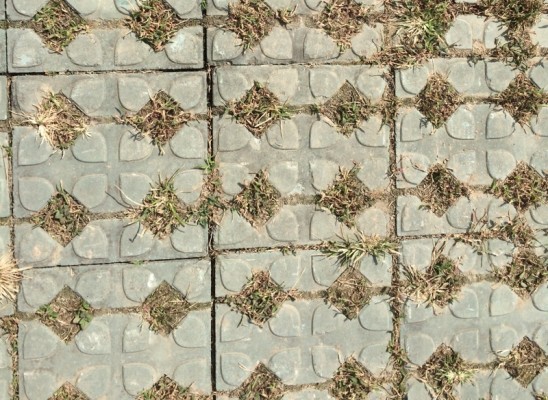By Dorinda Elliott
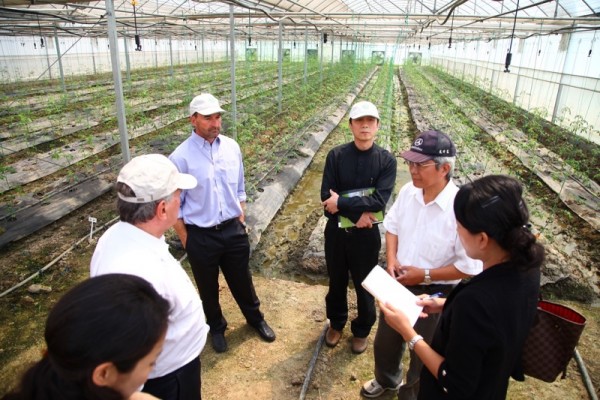
In the Chinese town of Nanhu on the outskirts of Jiaxing city, an important experiment is unfolding: the creation of a modern Chinese suburb. Until not long ago, this place was an impoverished village, with little infrastructure to speak of, farmers living in ramshackle buildings and land lying fallow. But nowadays, on an 11.4 square kilometer plot of land, dignified new farmhouses are popping up, along with a new school and an organic farm that is already helping to feed nearby Shanghai. Plans for a hospital and a retirees’ community are in the works. “The big idea is that there were no good suburbs in China,” says Ba Dawen, the Taiwan-born manager who runs the development project. “You would get away from the big city, and then suddenly hit poor farming places, with no planning, no infrastructure, no nothing. We are offering more balanced development.”
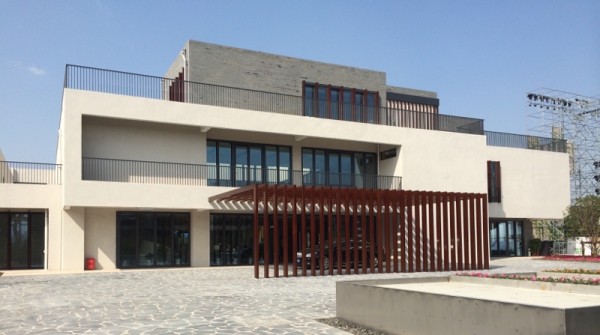
The Nanhu project, also known as the Jiaxing Alliance Development Corporation, is a joint venture between Jiaxing’s government and a Taiwan company. Unlike many local governments around China, which have forced farmers off their land to throw up high-rises, only to discover that no one wants to live in them, the Nanhu government was looking for a way to develop without damaging the environment, and to find new opportunities and better living conditions for farmers, most of whom had virtually given up hope of making a living off the land. Cutting the district’s reliance on the heavily polluted nearby river, the project planners developed a rainwater collection reservoir and cleaned the soil so that they could create an organic farm that would supply affluent, health-conscious Shanghainese consumers (they are planning to clean up the river, too). They introduced affordable modern farming technology from Taiwan and launched a series of training programs for the farmers, so they could work the land productively and—one day—even launch their own large-scale, organic farms. American architects Skidmore, Owings, & Merrill designed small-scale, energy-efficient housing reflecting traditional farmhouse architecture, so that local people could live in familiar—though upgraded—environments instead of alien high-rises.
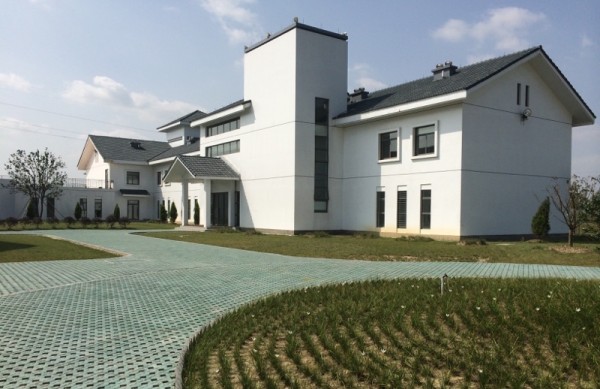
The approach is so successful that the project won the 2013 Paulson Institute and CCIEE Prize for Cities of the Future. Today, the organic farm brings in $5,000 per mu of land annually, three times more than before, growing such vegetables as arugula, romaine lettuce and melons that sell for $50 each in the Shanghai market. In a special greenhouse, farmers use 3-D farming techniques developed in Taiwan, suspending each individual melon vine from the ceiling and carefully tying the precious melons with red strings.
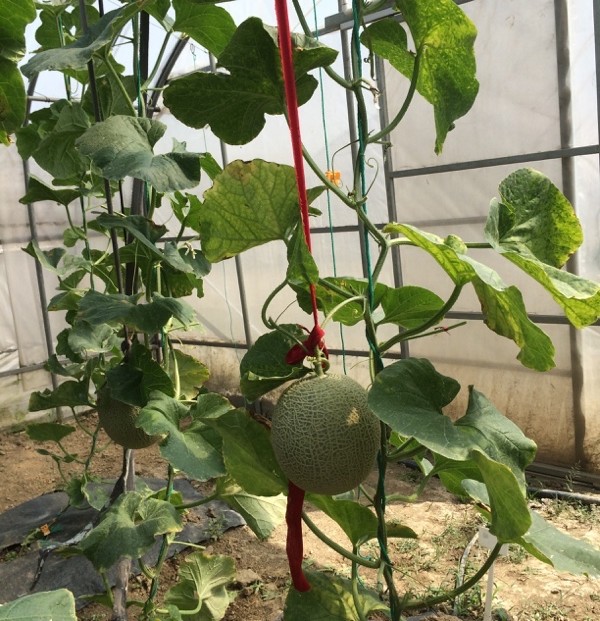
Perhaps the most amazing part of the Nanhu experiment: A group of ten young farmers—not old-fashioned, uneducated peasants, but 21st century, university-educated agricultural technicians—are working for the project. Zou Xueyan, the daughter of farmers from Hubei, recently graduated from an agricultural university and is pursuing her dream of one day starting her own flower farm. “What we are doing here is good for the environment, using no chemicals,” she says. “I am thinking that if I can bring along some neighborhood farmers, that will be a contribution. And someday maybe I can bring my expertise back to Hubei.” Zou expects that in a few years, she will be running her own flower farm. “We are ‘producers,’ not ‘peasants,’” she says. “We are developing a new model for China.”
The winner of the 2014 Prize for Cities of the Future will be announced next week—and it will be yet another model for urban and township planners across China to follow. “This is duplicable,” says Ba, describing Nanhu. “China is looking for quality development, not speed anymore. There is more emphasis on the environment. We need to promote these big ideas. Then more Chinese will know the right direction.”
